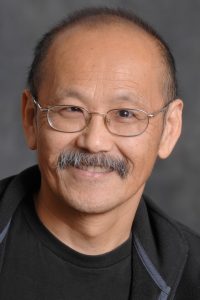A Case for Removing Minimum Parking Requirements
A Los Angeles Daily News op-ed written by UCLA doctoral student Nolan Gray featured Urban Planning faculty members Donald Shoup and Michael Manville. The piece focused on minimum parking requirements mandating that homes, offices and shops include parking spaces, as well as on Assembly Bill 1401, which would prohibit California cities from imposing these requirements within half a mile of transit — an area where residents, shoppers and employees are least likely to drive. Nolan pointed out that developers already have an incentive to include parking in order to lease or sell a space. Shoup noted that minimum parking requirements are a key culprit in the state’s affordable housing crisis because the cost of including parking gets added to rent and mortgages. Manville added that providing off-road parking is associated with a 27% increase in vehicle miles traveled and a significant increase in emissions, since people are encouraged to buy and drive cars instead of choosing more sustainable transportation options.

